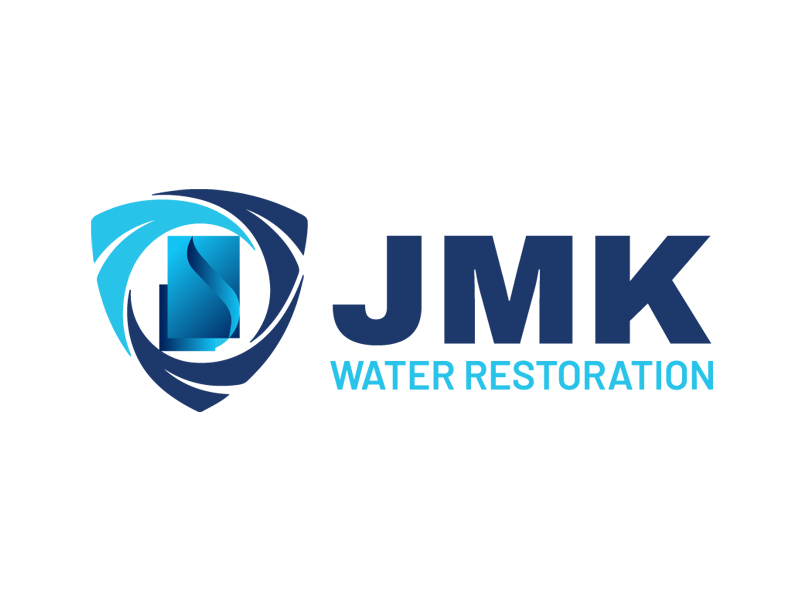Could Water Damage Be Inviting Mold Into Your Home?

Water damage can be a nightmare for homeowners. From burst pipes to leaky roofs, it can cause significant damage to your property and possessions. However, the damage doesn’t stop there. If water damage is left untreated, it can invite mold into your home.
Mold is not only unsightly but also poses health risks to you and your family. In this blog, our mold removal specialists at JMK Restoration will explore how water damage can invite mold into your home, the signs to look out for, and the steps you can take to prevent and address it. Read on or contact us today for guidance on mold from water damage in your home.
Why is Mold So Dangerous?
Mold releases spores into the air, which can be inhaled and cause adverse health effects. These spores can trigger allergic reactions in some individuals, leading to symptoms like sneezing, coughing, and watery eyes.
While those with compromised immune systems or allergies may be more susceptible to the harmful effects, even healthy individuals can experience health issues when exposed for a prolonged period. Mold also produces mycotoxins, which, as the name suggests, are toxic substances that can be detrimental to human health. Long-term exposure to mycotoxins can cause respiratory problems, neurological issues, and even organ damage.
If that’s not enough, mold thrives in damp environments and can spread quickly if left unchecked. It can deteriorate the structural integrity of buildings and damage materials such as walls, ceilings, and furniture.
Water Damage Vs. Mold
Water damage is one of the top causes of mold growth in homes. The longer you wait to address the issue, the more difficult and expensive it becomes to fix. That’s why it’s crucial to inspect hidden and vulnerable areas of your home regularly for any signs of water damage.
Some red flags could include:
- Checking for discoloration on walls or ceilings
- Warped flooring or bubbling paint
- Musty odors
- Visible moisture around windows or pipes
- Increased humidity levels in your home
- Unusual spikes in your water bill
If you suspect water damage in your home, act quickly to prevent mold growth before it becomes more severe and potentially harmful to your health.
How to Prevent Water Damage From Molding
To prevent further escalation of the situation, act fast and contact a professional restoration company to help you remove all excess moisture and follow proper cleanup procedures. Quick response is key in preventing mold growth after water damage.
Here are some prevention tips that can help:
- Remove any standing water as quickly as possible.
- Use fans or dehumidifiers to dry out the affected area.
- Discard any items that cannot be thoroughly dried, such as cardboard boxes or wet insulation.
In addition to these steps, wearing protective gear when dealing with water damage is important. This includes gloves, goggles, and a mask to avoid inhaling mold spores.
How to Deal With Mold From Water Damage in 3 Steps
Dealing with mold resulting from water damage requires prompt and effective action to prevent its growth and mitigate potential health risks. Here are three steps to restore your home or office to a clean and healthy environment.
Water Damage Restoration
Water damage restoration should be the first step in dealing with mold from water damage due to its crucial role in preventing further mold growth and minimizing potential health risks.
The process typically involves several key steps, including:
- Assessment — A professional service assesses the extent of the water damage, identifies the source of the water intrusion, and evaluates the affected areas.
- Water extraction — Excess water is removed using specialized equipment such as pumps, wet vacuums, and extraction units.
- Moisture detection — Moisture meters and thermal imaging cameras detect hidden moisture in walls, floors, and other affected surfaces.
- Drying — Industrial-grade dehumidifiers and air movers are deployed to thoroughly dry the affected areas, preventing further damage and inhibiting mold growth.
- Sanitization — Surfaces and belongings are cleaned and treated with appropriate disinfectants to mitigate potential contamination and inhibit mold growth.
- Restoration — Damaged materials such as drywall, flooring, or furniture may need to be repaired or replaced to restore the affected area to its pre-damage condition.
Hiring a professional restoration company can be incredibly beneficial in ensuring that your living space remains free of harmful toxins caused by dampness and moisture. While DIY may seem like a cheaper option, the risks of attempting to restore water damage on your own outweigh the benefits.
Testing for Mold
Just like water damage restoration, when it comes to ensuring the safety and cleanliness of your living space, sometimes it’s best to leave it to the experts and hire professional testing services. While DIY testing kits may seem like a cost-effective option at first glance, there are several benefits to outsourcing mold testing to professionals.
They have access to advanced equipment that can detect even the smallest traces of mold in your home. They also have specialized training and knowledge on properly collecting samples for accurate results.
This process typically involves:
- A certified inspector visually inspects the property for mold growth and water damage.
- They conduct sampling, including air sampling to capture mold spores in the air, surface sampling to collect samples from visible mold growth or musty surfaces, and bulk sampling to collect physical samples of materials suspected of containing mold.
- The collected samples are sent to a laboratory for analysis, where technicians identify the types and concentrations of mold present.
- You receive the results and recommendations based on the findings.
Professional testing services may have a higher initial cost, but they provide more reliable and comprehensive results that can save you money in the long run by identifying mold issues before they become major problems.
Removing Mold Safely and Effectively
For small areas affected by mold, try using DIY cleaning methods like vinegar or baking soda mixed with water. Simply apply the solution to the affected area and scrub away the mold with a brush. You can also use hydrogen peroxide as an alternative solution. These natural substances are effective in killing mold spores without causing harm to your health or damaging surfaces.
However, it’s best to seek professional cleaning techniques for larger areas or serious cases of mold growth. Professional cleaners have access to specialized equipment and chemicals that can effectively remove the mold while ensuring safety precautions are taken.
It’s important to remember that killing visible mold is not enough; addressing underlying issues, such as excess moisture or water damage, is vital to prevent further growth. At JMK Restoration, our mold removal experts not only help you remove mold on the surface, but we eliminate the problem at its source, preventing future breakouts.
Get rid of mold for good — contact us today for a consultation.
